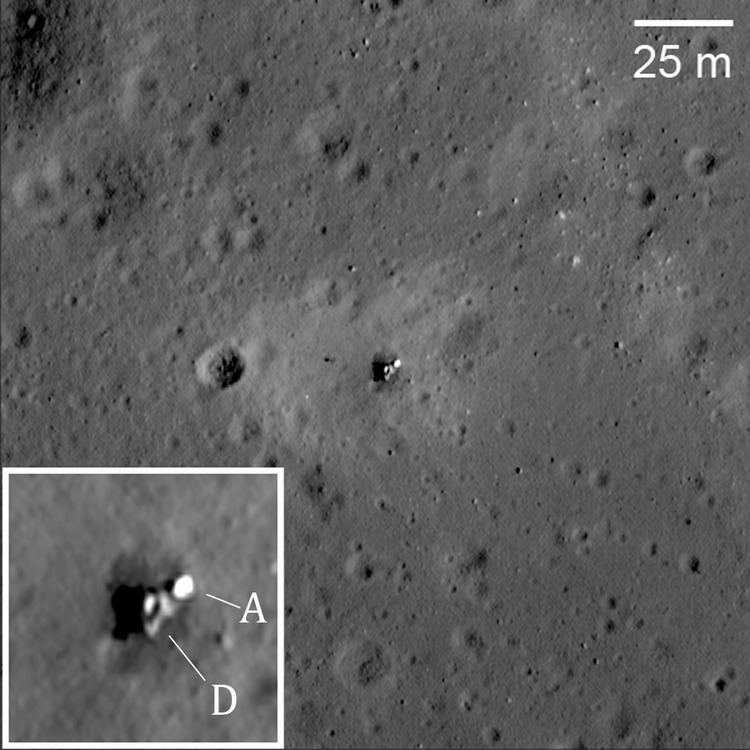Mission type Lunar sample return SATCAT no. 7491 Bus Ye-8-5M Max speed 39.6 km/h Cost 4.5 billion USD Last contact 9 November 1974 | COSPAR ID 1974-084A Mission duration 12 days Launch mass 5,800 kg (12,800 lb) Launch date 28 October 1974 Manufacturer Lavochkin | |
 | ||
Similar Luna 22, Luna 21, Luna 17, Luna 10, Luna 4 | ||
Luna 23 was an unmanned space mission of the Luna program.
Luna 23 was a Moon lander mission which was intended to return a lunar sample to Earth. Launched to the Moon by a Proton-K/D, the spacecraft was damaged during landing in Mare Crisium (Sea of Crises). The sample collecting apparatus could not operate and no samples were returned. The lander continued transmissions for three days after landing. In 1976, Luna 24 landed several hundred meters away and successfully returned samples. The asteroid-like object 2010 KQ is believed to be a rocket that parted the Luna 23 module after launch.
Luna 23 was the first modified lunar sample return spacecraft, designed to return a deep core sample of the Moon's surface (hence the change in index from Ye-8-5 to Ye-8-5M). While Luna 16 and 20 had returned samples from a depth of 0.3 meters, the new spacecraft was designed to dig to 2.5 meters. After a midcourse correction on 31 October, Luna 23 entered orbit around the Moon on 2 November 1974. Parameters were 104 × 94 kilometers at 138° inclination. Following several more changes to the orbit, the spacecraft descended to the lunar surface on 6 November and landed in the southernmost portion of Mare Crisium. Landing coordinates were 13° north latitude and 62° east longitude. During landing in "unfavorable" terrain, the lander's drilling device was evidently damaged, preventing fulfillment of the primary mission, the return of lunar soil to Earth. Scientists devised a makeshift plan to conduct a limited science exploration program with the stationary lander. Controllers maintained contact with the spacecraft until 9 November 1974.
High resolution orbital photographs taken by the NASA Lunar Reconnaissance Orbiter and released in March 2012 showed the Luna 23 spacecraft lying on its side on the lunar surface. The spacecraft evidently tipped over upon landing, perhaps due to higher than nominal vertical and/or horizontal velocities at touchdown.
In Other Media
The derelict remains of this spacecraft, bearing the designation "СССР Luna 23" (СССР is the Cyrillic abbreviation for the Union of Soviet Socialist Republics), can be found in the accessible parts of Earth's moon in the BioWare video game Mass Effect and can be salvaged for random materials.
